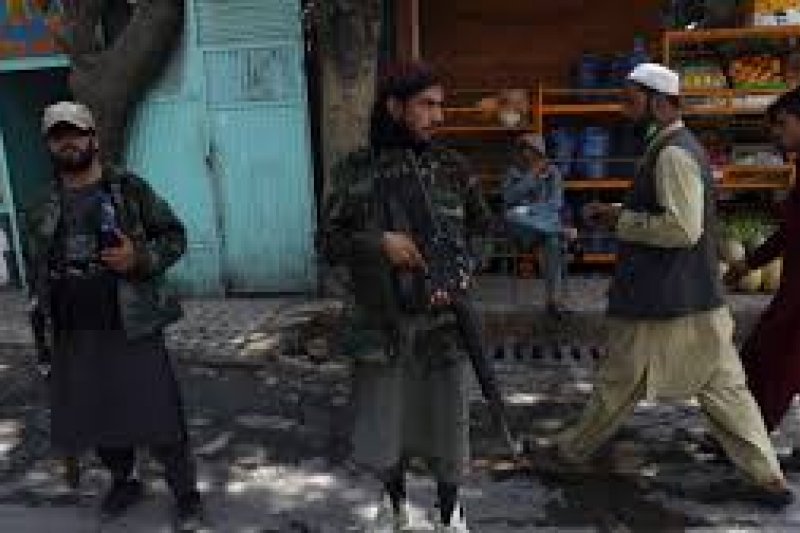Why America Keeps Building Corrupt Client States
ONCE AMERICA announced that it would not save its client state, things unravelled quickly. As the enemy seized province after province, government soldiers shed their uniforms and ran. On paper the army had hundreds of thousands of well-equipped fighters. In reality its few loyal commanders had to buy ammunition from crooked supply officers and pay in cash for artillery support. The special forces fought well, but regular troops were often commanded by politicians’ incompetent relatives. Soldiers went unpaid as officials pilfered military budgets. Citizens stayed loyal to their families and clans, not to a corrupt government that was as likely to shake them down as to help them. The state was a Potemkin village constructed to please its American sponsors. When they left, it fell.
So it went in South Vietnam in 1975, and again last week in Afghanistan. The similarities between the two collapses are striking. They go beyond intelligence failures, mendacious speeches and abandoned allies. Ultimately, both states fell because they had been hollowed out by corruption, an ancient disease of governance to which America’s nation-building projects are prone. (Think also of Iraq, Kosovo, Bosnia and Haiti.) Political scholars once considered corruption a minor issue, but many now see it as crucial to understanding not just why America’s proxies fail, but how states work in general.
Corruption is usually defined as the abuse of public office for private gain. Its simplest form is bribery, which is ubiquitous in Afghanistan. “From your birth certificate to your death certificate and whatever comes in between, somehow you have to bribe,†says Ahmad Shah Katawazai, a former Afghan diplomat. (He was pushed out of the service after writing an opinion piece denouncing government corruption.) Customs officials, police and clerks routinely demand baksheesh (a “tipâ€). As the Taliban advanced in recent weeks, the pay-off needed to get a passport rose to thousands of dollars.
But petty bribery is the least threatening type of corruption. More troublingly, getting government approval for big investments requires giving ministers or warlords a piece of the action. Worse yet, a government job with access to bribes is itself a valuable commodity. As Sarah Chayes, an expert on corruption, discovered while running an NGO in Afghanistan from 2002 to 2009, local officials often buy their posts. They must then extort kickbacks to pay off their investment, while sending their superiors some of the take. Mr Katawazai says it can cost $100,000 to become a district police chief.
Such corruption creates patronage networks that threaten the state’s integrity. Officials’ main goal is not carrying out their agency’s mission, but extorting revenue to distribute to their families and cronies. Even before America invaded, Afghanistan was partly run by patronage networks headed by regional warlords.
Yet instead of dismantling these networks, America strengthened them by paying warlords to keep the peace, according to reports by the Special Inspector General for Afghanistan Reconstruction (SIGAR), an American oversight authority. Afghans soon grew furious at government corruption and more welcoming towards the Taliban. A study in 2015 by Transparency International cited one policymaker’s epiphany: “The guys at the bottom are sending money to the top of the system and the guys at the top are sending protection downwards, which is how a mafia runs.â€
(Source: The Economist)













